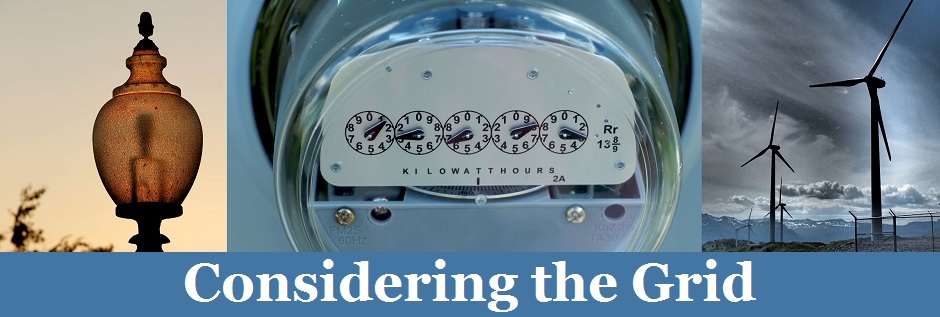On September 16, the Department of Energy, the Council on Competitiveness, and the Alliance to Save Energy released Accelerate Energy Productivity 2030. This collaborative report responds to President Obama’s goal of “cut[ting] in half the energy wasted by our homes and businesses over the next 20 years.” While the goal of doubling energy productivity by 2030 is a “significant challenge,” the report concludes that it is an attainable goal and provides a roadmap for doing so.
Is energy productivity the same as energy efficiency? Not quite. Energy productivity increases economic output per unit of energy input, whereas energy efficiency focuses on reducing energy input. Energy productivity is measured as the ratio of economic output (gross domestic product (GDP)) to primary energy use on an annual basis.
Based on a series of stakeholder discussions, the report suggests steps that governments (at all levels), businesses, utilities, higher education institutions, and households can take to reduce energy consumption while supporting economic growth.
For electric utilities, the report focuses on (1) grid infrastructure and (2) rate design. Grid infrastructure includes using smart grid technology, reducing losses from outages, improving electric generating unit heat rates (noting that the electric sector is the second largest electricity consuming industry in the U.S.), and incorporating demand-side energy efficiency. On rate design, the report acknowledges that there will not be a one-size-fits-all approach given the variety of business models for the construction, ownership, and operation of grid infrastructure. However, it projects that advanced rate structures have the potential to increase investment in distributed energy resources and deploy these resources in a way to maximize benefits to the entire system.
The report identifies a variety of ways that local governments can pursue increased energy productivity. First, local ordinances can be revised to promote distributed generation sources through efforts such as installation targets and tax incentives, as well as to encourage efficiency in new construction and retrofits. Second, local governments can increase transparency around building energy use by requiring disclosure, a strategy that has been shown to reduce utility expenditures. Third, local policies can gather stakeholders to focus on attracting new businesses that increase energy productivity. And last, through community and transportation infrastructure planning, local governments can promote energy productivity through the design of communities.

